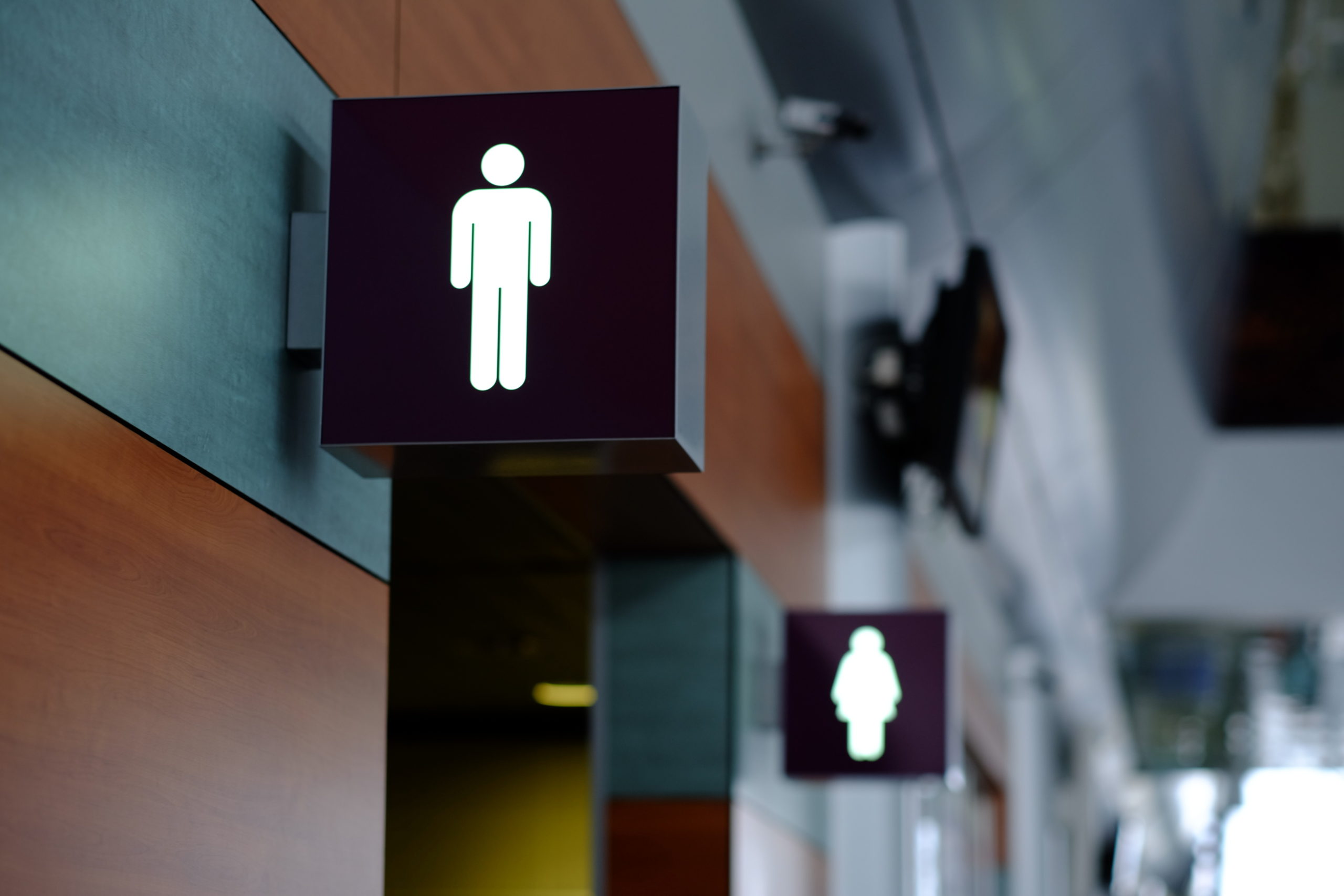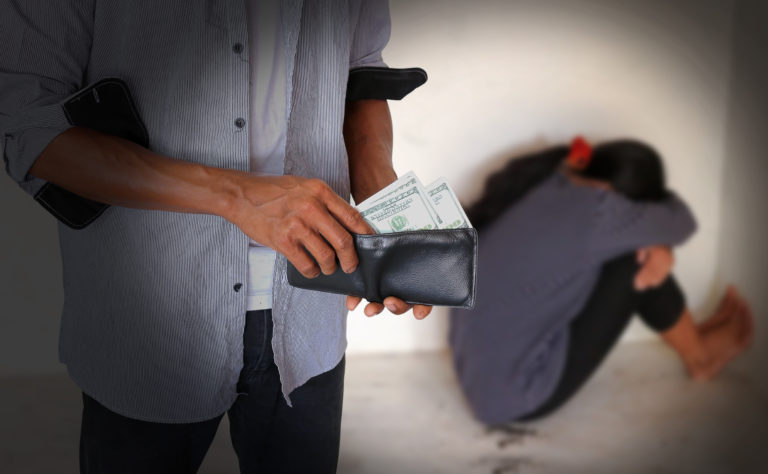Tragically for many people battling addictions, public restrooms can be a safe haven. It is there where they can use behind stalls and have their habits be undetected. This is especially true for those who may have lost their homes or are in the midst of a serious financial crisis. Well now, technology may be lending a hand in preventing these “behind closed doors” issues with overdose-resistent bathrooms.
A Boston-based contracting company is working on developing this type of advancement, which can send alerts if a potential OD is occurring within a men’s or women’s restroom. The goal, of course, is to save lives and, by the sound of things, it can with sensor that can detect a drug-related incident.
The process itself would involve special motion alerts, which sound off if someone has fallen to the floor or is laid still for an extended amount of time. Restroom or company monitors would be pinged if such an incident took place, allowing them to take swift action and seek out immediate medical attention.
The website The Fix brought this news to the forefront, correctly calling out several typical restroom locations where drug use is common. These can include fast food restaurants, coffee shops, public parks, beaches, convenience stores and homeless shelters (all of which could incorporate the technology).
One Boston organization has already been testing the tech and is seeing encouraging results. The city’s local Health Care for the Homeless facility logged a significant drop in overdose fatalities after advancing their restrooms, rep Jessie Gaeta told the site.
“We have been seeing about five restroom overdoses a week in our facility,” Gaeta told The Fix. “And since we installed [this new] system, none have been fatal.”
Advocates also believe that company owners could greatly benefit from installing overdose-resistant restrooms. If a person were to die within their establishment, there is always the risk of a lawsuit. This tech could potentially prevent that from happening, saving execs millions of dollars in damages. Incidents like these could also create a traumatic experience for other patrons who frequent the establishment, causing them to take their business elsewhere.
But again, the bottom line always goes back to saving lives. Unfortunately, issues like the opioid epidemic are claiming thousands of lives each month. So if there are new measures that could help reduce that number, why not move forward and help turn things around?

entrance to the male and female toilet. Sign in airport.






